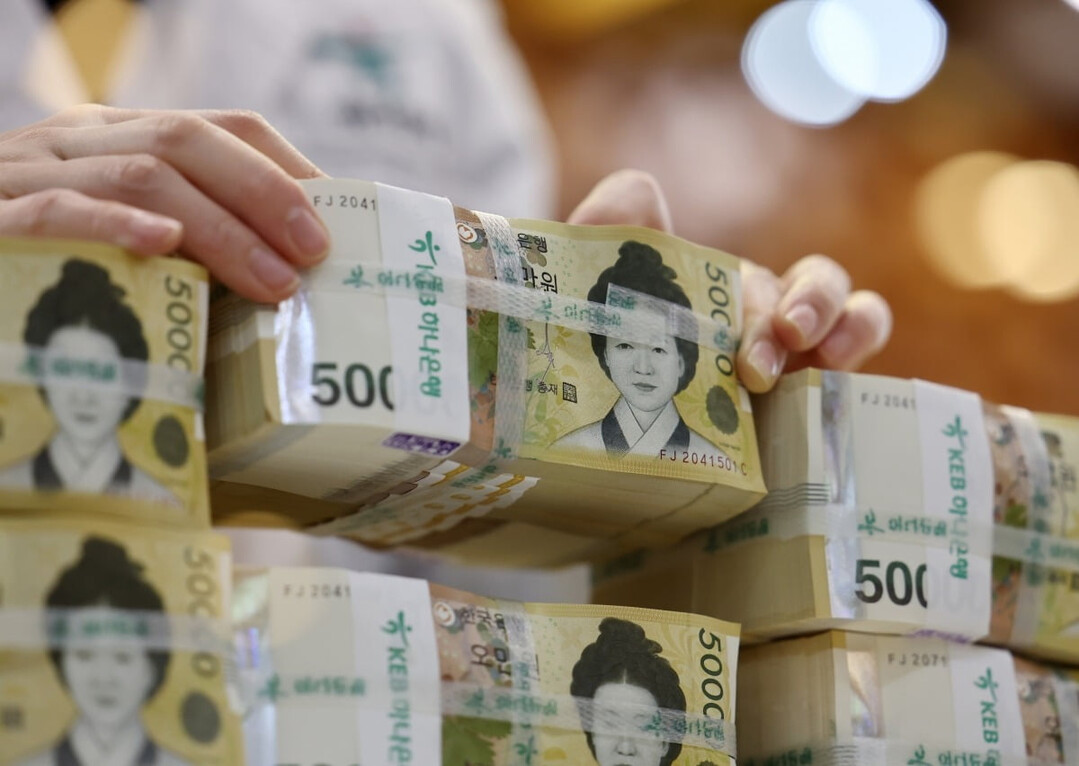
Seoul, South Korea – South Korea's real gross national income (GNI), a measure of a nation's total income, increased by 1.4% in the third quarter compared to the previous quarter, the Bank of Korea reported on Friday. This uptick in GNI, which represents the real purchasing power of income earned by South Koreans, both domestically and abroad, offers a glimmer of hope amidst a backdrop of slowing economic growth.
While the country's gross domestic product (GDP) growth remained unchanged at 0.1% from the preliminary reading, the data revealed some nuanced changes. Exports showed a slight improvement, while domestic demand indicators weakened.
The increase in real GNI was primarily attributed to the improvement in terms of trade, which reduced the real trade deficit from -16.6 trillion won in the second quarter to -14.2 trillion won in the third. Additionally, net factor income from abroad surged from 4.4 trillion won to 9.2 trillion won.
Despite the quarter-on-quarter growth, the year-on-year increase in real GNI moderated to 2.7%. This marks a downward trend from the 4.8% growth recorded in the first quarter and 3.4% in the second.
Breaking down the GDP figures, the central bank noted that while exports edged up slightly, domestic demand indicators, such as construction investment and equipment investment, deteriorated further than initially estimated.
The national saving rate dipped to 34.3% in the third quarter, down 0.8 percentage points from the previous quarter, as final consumption expenditure rose despite a decline in gross national disposable income. The gross domestic investment rate also fell by 0.8 percentage points to 29.9%.
[Copyright (c) Global Economic Times. All Rights Reserved.]




























